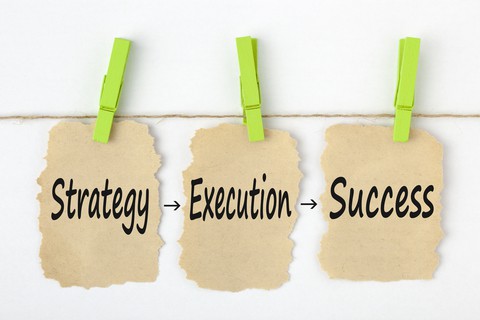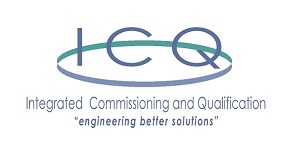Statistical Process Control, Friend or Foe?
In my experience, I see a lot of companies using trend charts and statistics to get a view of their process, when what they are actually doing is avoiding looking at their processes and waving meaningless numbers around. While this doesn’t seem to make sense, when I look at the misuse of the data, I see many of the same issues across many different sites.
It seems a lot of companies get asked to look at metrics or trend their performance. While the trending of discreet process outputs, yield etc. is easy and straightforward, they sometimes get bogged down in reviewing more in-depth process performance. This would include things like the health of a quality system, or of something like a manufacturing process.
Same Old, Same Old…
In general, I see a lot of companies take this typical approach.
- Get asked to trend a process
- See what data is readily available
- Put that data in a trend chart
- Review that data regularly
- Initiate no formal projects, or take any meaningful action when the process isn’t trending well
- Typical responses are to tell people to work better to fix the metrics
- Change the metric they are looking at
- Ignore it and hope it goes away – primarily because they haven’t really accepted that this is a true measure of the process success
Taking a Different Vantage Point
It’s interesting that the idea of statistical process control can be traced back to some of the Deming principles and the system perspective, however most people don’t even consider a system perspective when developing statistics. Let’s look at the system perspective and the best way to develop statistics and how to use them for improvements.
In the system perspective we recognize that all outputs are part of a system, and not independent results. In the system perspective we can view a system as a long pipe. At the end of the pipe is the expected output (what we think of as success). At the beginning of the pipe are the inputs to the system. The pipe is the system that transforms the inputs to the outputs. We want to determine how to measure the system success we need to evaluate what successful outputs are to that system.
This is a staged process.
- What are the outputs of the process?
- Who are the customers (stakeholders) for those outputs?
- What are the needs of those customers?
- How can we measure those needs?
By walking through these questions, you can develop the key metrics to determine the success of the system. You may have to take new measurement or generate data that isn’t already available, but it can also lead us to the best way to make improvements to the process. Too often we just rely on the easy data that we already have available without even thinking what this tells us about our process.
Set up for Success
We need to follow the steps below which are above and beyond what is typically done;
- Determine the system you want to look at
- Go through the previous 4 step process to determine key metrics
- Measure the system metrics
- When something statistically does not meet out criteria, evaluate what in the system we can do to improve the output (initiate a project team as needed to evaluate process improvement)
- Process improvements should look at all inputs to a system (Man, Machine, Methods, Environment, and Materials)
- Make Improvements
- Measure success of the updated system
- Continue to monitor
This is a very high-level view on how to truly measure and improve our systems.
Final Thoughts
We as an industry need to get past the idea of just asking our people to be the sole way to improve outputs when there may be something else broken in the system. We need to be sure we are looking at true measures of success, so that we really do feel motivated to make improvements when we don’t meet expectation.
Written By: Michael Murphy, Managing Consultant






